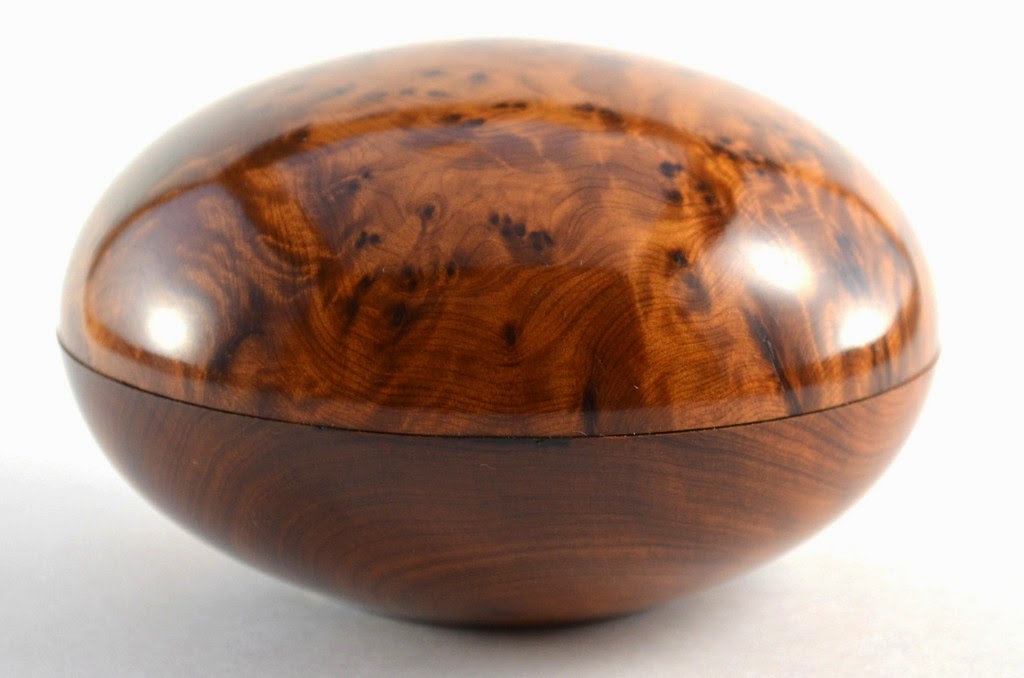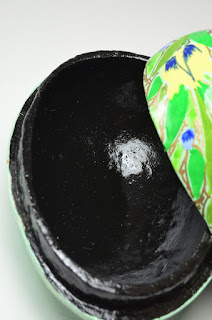 Thuya wood (pronounced twee-ya) is a very special wood. It comes from a coniferous tree in the cypress family (Tetraclinis articulate) that is native to the Atlas Mountains in Morocco. Today, although there are small endangered thuya populations in Malta and Southern Spain, the trees still primarily grow only in Morocco.
Thuya wood (pronounced twee-ya) is a very special wood. It comes from a coniferous tree in the cypress family (Tetraclinis articulate) that is native to the Atlas Mountains in Morocco. Today, although there are small endangered thuya populations in Malta and Southern Spain, the trees still primarily grow only in Morocco.The other reason this wood is rare and highly prized is because it is the underground burls that grow from the roots, not the trunks of the trees, that are harvested. These burls are relatively small and heavily figured resulting in gorgeously patterned products.
Because of the burl the wood can be difficult to work with, splitting and chipping easily. Artisans in Morocco know that it should be shaped by hand, then sanded and rubbed with oil and lemon juice to bring out the natural lustre and grain pattern. In Morocco, particularly in Essaouira, generations of artisans have been working with thuya wood and handing down skills and techniques.
 Our lovely thuya wood boxes come directly from Morocco, fairly traded of course. By continuing our support we hope to be part of the effort to keep the handcrafting tradition alive. Replanting programs and regulating measures are in place to protect the trees, and craftspeople continue to teach their children the techniques they learned from their parents. Sounds good to us.
Our lovely thuya wood boxes come directly from Morocco, fairly traded of course. By continuing our support we hope to be part of the effort to keep the handcrafting tradition alive. Replanting programs and regulating measures are in place to protect the trees, and craftspeople continue to teach their children the techniques they learned from their parents. Sounds good to us.When it comes to boxes, you couldn't ask for more.


















